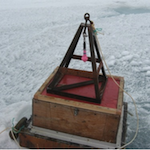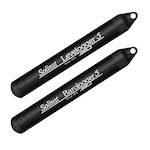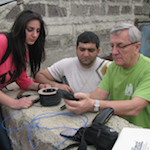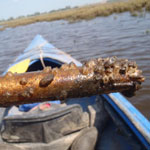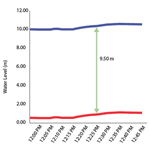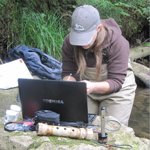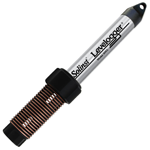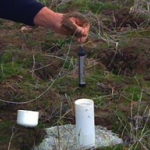Levelogger Edge Data Verified In Harsh Conditions Of Antarctic Tidal Study
From April 2013, through December 2013, a Levelogger Edge was used in an Antarctic Tidal Study to monitor sea level fluctuations in the Davis Sea, Antarctica. A unique monitoring setup was implemented for the successful installation of the Levelogger Edge in these extreme climatic conditions. A monitoring shaft was created in the shore… Continue Reading »

